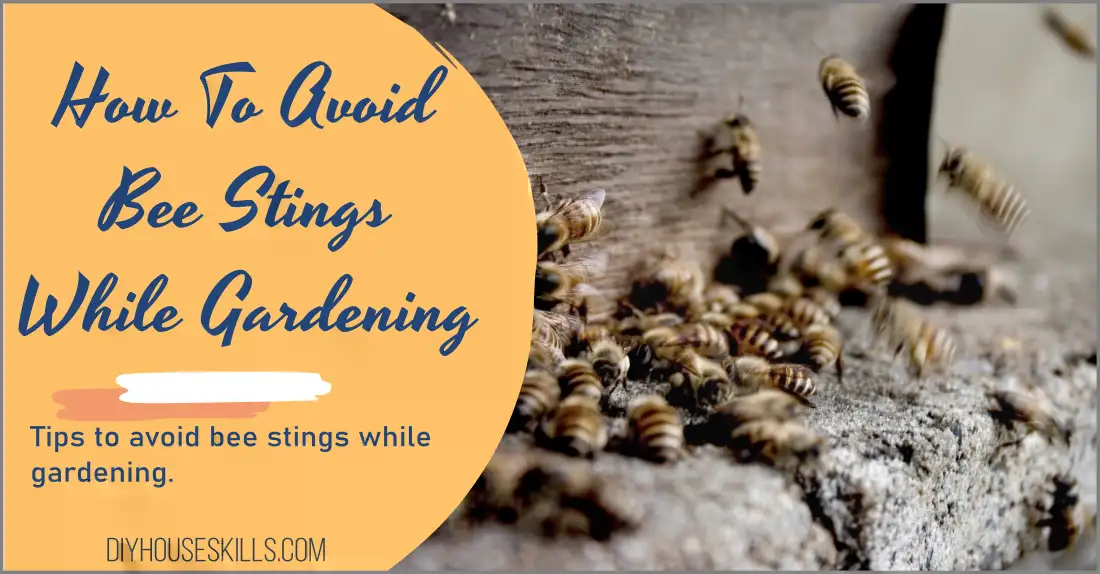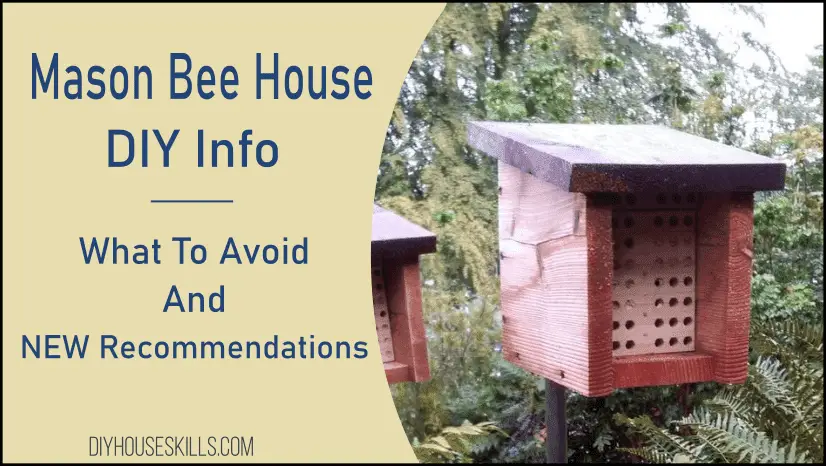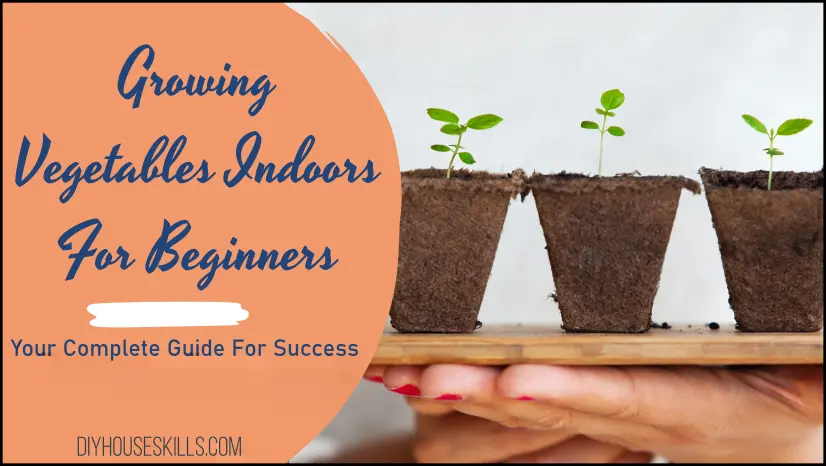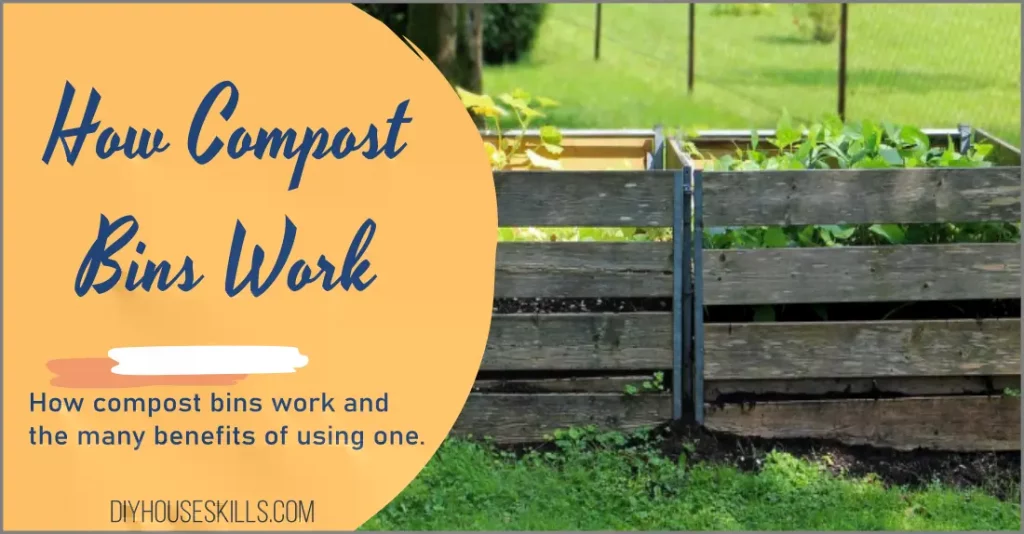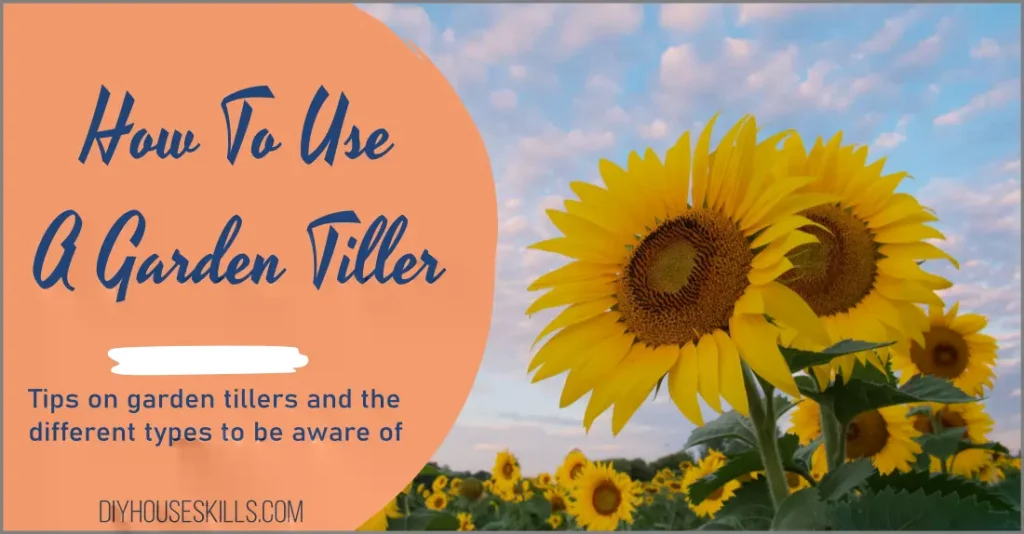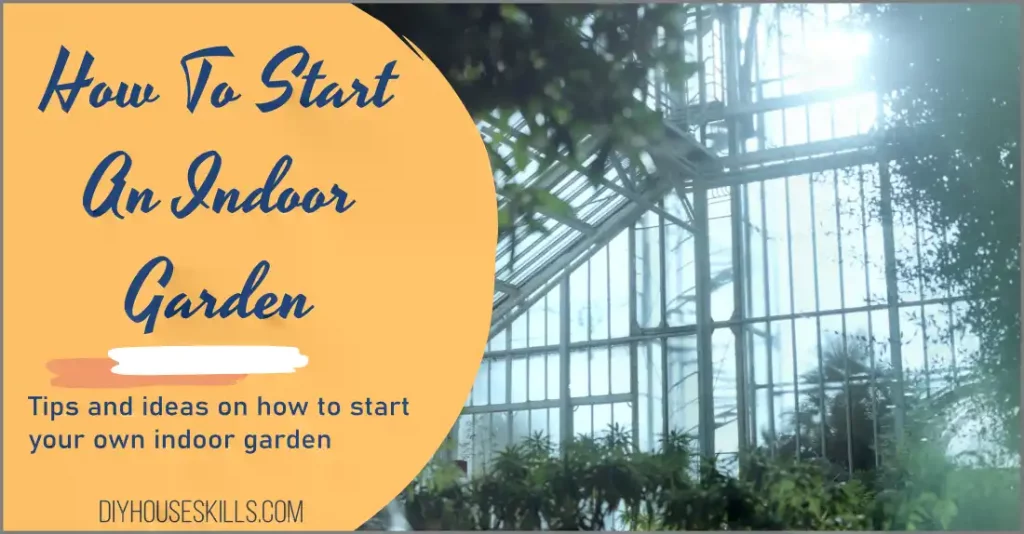Gardening is a passion for many, but the presence of bees can cause discomfort and fear. As a seasoned gardener with years of experience under my belt, I’ve learned to appreciate the essential role bees play in the ecosystem while also understanding the importance of safety while gardening in their presence.
This comprehensive guide breaks down each step to ensure a bee-free and enjoyable gardening experience.
- Step-by-Step Guide to Avoiding Bees While Gardening
- 1. Selecting Plants That Deter Bees
- 2. Dressing Strategically to Deter Bees
- 3. The Fragrance Factor: Avoiding Scent-Based Bee Attraction
- 4. Practicing Mindful Snacking in the Garden
- 5. Mastering the Art of Non-Reaction to Bees
- 6. Regular Garden Maintenance to Keep Bees at Bay
- 7. Use Bee Repellents Strategically
- 8. Opt for Professional Help if Necessary
- Pro Tips for Gardening Without Fear of Bees
- Understanding the Different Types of Bees in Your Garden
- Understanding Bee Behavior
- Treatment for Bee Stings
- Examples of Dealing with Bees in the Garden
- References
- Conclusion
When it comes to bee and wasp “irritability,” it is all about how gregarious the species is. As an example, the European honeybee, which is more sociable and docile than a bumblebee, is considerably more likely to be aggressive than a bumblebee.
Honeybees, on the other hand, tend to keep to themselves unless you are within a few feet of a hive or if you are actively interfering with them. However, the question is how to avoid bee stings while gardening.
Step-by-Step Guide to Avoid Bees While Gardening
1. Selecting Plants That Deter Bees
The key to a bee-free garden lies significantly in your plant selection. Certain flora are known to naturally repel bees due to the specific scents they emit. These include:
- Marigolds: Not only do these vibrant, hardy flowers add a burst of color to your garden, but their unique aroma tends to deter bees.
- Mint: This hardy herb is easy to grow and its strong scent is not favored by bees. Plus, it adds a fresh element to your cooking.
- Lemongrass: Known for its citrusy scent, lemongrass is another excellent bee deterrent and can also be used in various culinary dishes.
- Wormwood: This plant, also known as Artemisia, produces a strong aroma that bees typically avoid. It also has beautiful silver-gray foliage that can complement any garden.
- Onions and Garlic: Both these plants emit a strong odor that can deter bees. Plus, they have the added benefit of being useful in your kitchen.
In addition to selecting these bee-repelling plants, remember to avoid wearing bright colors or floral patterns while gardening. Bees are visually attracted to these, mistaking them for their food sources. Dressing in light, solid colors can help ensure you’re not inadvertently attracting bees to your space.
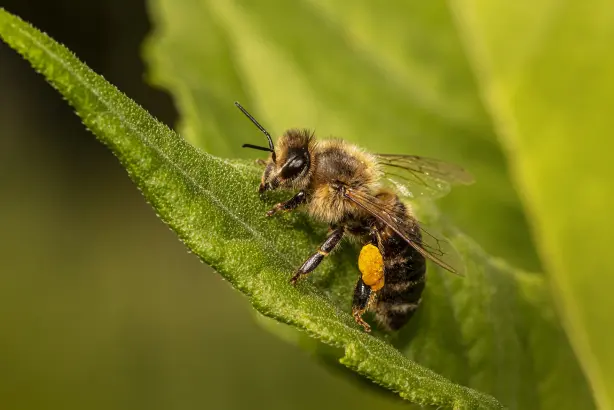
2. Dressing Strategically to Deter Bees
Your clothing choice can significantly impact your likelihood of attracting bees while gardening. By adopting a few simple wardrobe practices, you can minimize your interactions with these buzzing creatures:
- Choose Light and Solid Colors: Opt for clothing in light shades such as beige, cream, or light khaki. Bees are less attracted to these hues than they are to dark and vibrant colors.
- Avoid Floral Prints: Bees may mistake floral prints for actual flowers. Therefore, wearing solid colors is a safer option.
- Pick Smooth Textures: Clothing with a smooth texture is less likely to entice bees. Avoid fuzzy, shiny, or leather-like materials that can attract them.
- Wear Fitted Clothing: Loose-fitting clothes can trap bees between the fabric and your skin, potentially leading to unwanted stings. Opt for well-fitted clothing to avoid this risk.
By following these wardrobe tips, you can significantly reduce your chances of attracting bees and enjoy a peaceful gardening experience.
3. The Fragrance Factor: Avoiding Scent-Based Bee Attraction
Bees possess an acute sense of smell, and certain fragrances can inadvertently draw them to you. To minimize the likelihood of bee encounters while gardening, consider these fragrance control measures:
- Skip the Perfume: While it can be tempting to spritz on your favorite scent before heading into the garden, this can make you a target for bees. Stick to fragrance-free personal care products on gardening days.
- Choose Unscented Lotions and Sunscreens: Similar to perfumes, strongly scented lotions and sunscreens can attract bees. Opt for unscented varieties when planning to garden.
- Clean Your Gardening Tools: Floral-scented gardening tools or those that have come into contact with sweet substances can attract bees. Regularly clean your tools to remove any enticing smells.
- Watch Your Snacks: If you enjoy a snack while gardening, choose foods that don’t have strong, sweet smells. Bees can be drawn to the scent of certain foods, particularly sweet ones.
By maintaining a neutral scent profile, you can significantly reduce the risk of attracting bees, ensuring a more peaceful and uninterrupted gardening experience.
4. Practicing Mindful Snacking in the Garden
Savoring a snack or drink while you garden can enhance the enjoyment of your outdoor activity, but it’s important to be mindful that sweet smells can attract bees. Here are a few tips on how to snack responsibly in your garden:
- Cover Your Refreshments: Keep any food or drinks covered when not in use. Open containers can easily attract bees who are drawn to sweet scents and tastes.
- Avoid Sweet Snacks: Opt for snacks that aren’t sweet or brightly colored to minimize attraction. Chips, crackers, or nuts can be safer alternatives.
- Dispose of Food Waste Properly: Immediately discard food waste in a sealed container. Leftover pieces of fruit or sugary drink cans left unattended can quickly become a magnet for bees.
- Clean Up Spills Promptly: If you spill anything sweet, clean it up right away to prevent attracting bees to the area.
By following these mindful snacking strategies, you can ensure your garden remains a peaceful sanctuary, rather than a bee magnet.
5. Mastering the Art of Non-Reaction to Bees
Bees are naturally defensive creatures and are more likely to sting when they perceive a threat. Rapid movements or attempts to swat at them can trigger their defensive instincts. By mastering the art of non-reaction, you can co-exist peacefully with bees while gardening. Here’s how:
- Stay Calm: It’s essential to keep composed if a bee gets close. Remember, they are usually more afraid of you than you are of them.
- Move Slowly: Rather than making rapid movements, which could be perceived as a threat, try to move away from the bee slowly and deliberately.
- Avoid Swatting: Swatting at a bee may not only provoke it, but it could also attract more bees. Bees release a pheromone when in danger which can signal other bees to join in defense.
- Assume a Protective Stance: If multiple bees are present, protect your face and neck by pulling your shirt over your head and retreating calmly to a safe distance.
- Seek Shelter if Necessary: If a bee continues to hover around you, seek shelter in your home or vehicle.
6. Regular Garden Maintenance to Keep Bees at Bay
Keeping your garden tidy and well-maintained can also help minimize your encounters with bees. Here’s how you can do it:
- Seal Compost Bins: Ensure your compost bin is properly sealed and covered to avoid attracting bees.
- Remove Fallen Fruit: Fruit that has fallen from trees can ferment and attract bees. Regularly clean up any fallen fruit to minimize this attraction.
- Check for Nests: Regularly inspect your garden for signs of bee nests and if found, contact a professional to handle the removal. Do not attempt to remove the nest yourself.
Remember, bees are essential pollinators, so it’s crucial to co-exist with them as peacefully as possible.
7. Use Bee Repellents Strategically
By using bee repellents strategically, you can further reduce your chances of encountering bees while gardening. Among the various options available, here are some effective methods:
- Essential Oils: Certain essential oils, like peppermint and citronella, can deter bees. Add a few drops to a spray bottle with water, and lightly mist your clothing and skin.
- DIY Bee Repellent Spray: Combine vinegar and water in equal parts in a spray bottle. Use it around your garden, focusing on areas where you’ve noticed bee activity.
- Bee Repellent Plants: Planting natural bee repellents like wormwood, marigold, or mint can help keep your garden bee-free. Be sure to research which plants are most effective in your area.
Remember, using repellents doesn’t mean harming the bees. It’s about creating a garden space where you and the bees can coexist without discomfort or fear of stings.
8. Opt for Professional Help if Necessary
If you’ve noticed a severe bee problem in your garden, don’t hesitate to ask for professional help. Pest control companies have the expertise and equipment to handle bee infestations safely and effectively. They can remove hives or nests without causing harm to the bees or your garden.
Following these extra steps can enhance your gardening experience, keeping it a relaxing and enjoyable activity free from the worry of bee stings.
Pro Tips for Gardening Without Fear of Bees
Even if you’ve followed all the advice above, you might still feel anxious about having bees in your garden. We have a few more professional tips to put your mind at ease as you tend to your garden.
Pro Tips for Gardening Without Fear of Bees:
- Plant Bee-Friendly Plants Away From Your Main Gardening Area: To keep bees occupied and less likely to wander into your space, consider planting flowers that bees love in a separate part of your yard. Lavender, sunflowers, and poppies are just a few examples.
- Invest in a Bee Suit: If you’re particularly anxious about bees or have a severe allergy to bee stings, consider investing in a full bee suit. While it might seem extreme for gardening, it can provide peace of mind.
- Educate Yourself About Bees: Understanding bee behavior can alleviate much of the fear associated with them. Spend some time learning about different types of bees, their habits, and their importance to our ecosystem.
- Utilize Smoke: Bees dislike smoke and it can discourage them from coming too close. Burning a little garden incense or using a smoker can create a deterrent without harming the bees.
- Stay Hydrated and Covered: Bees may be attracted to human sweat or exposed skin. Keeping yourself covered and clean can help deter bees from approaching.
Remember, cultivating a healthy respect for bees and their role in our environment is key. These tips should help you feel more comfortable and safe while tending to your garden, without causing unnecessary harm to our important pollinator friends.
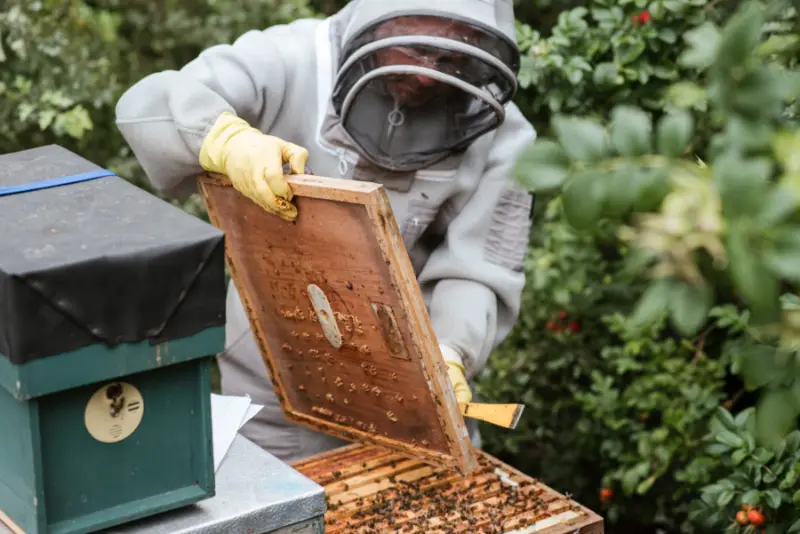
Understanding the Different Types of Bees in Your Garden
Being able to identify different types of bees can be incredibly useful in managing your interactions with them and deciding how best to react if they are present in your garden. Each bee species has distinct characteristics and behaviors. Here are a few common ones you might encounter:
- Honey Bees: Known for their golden-yellow color with brown bands, honey bees are a crucial pollinator. They tend to be non-aggressive and will only sting if they’re threatened. Honey bees can only sting once, as their stinger gets left behind.
- Bumble Bees: These are larger, fuzzier, and black with yellow or orange bands. Bumble bees are also important pollinators and are generally less aggressive unless their nest is threatened. Unlike honey bees, bumble bees can sting multiple times.
- Carpenter Bees: Carpenter bees are large and mostly black with a metallic sheen to their body. They are solitary bees and are known to drill holes in wood to lay their eggs. They’re typically non-aggressive and only female carpenter bees can sting.
- Mason Bees: Known for their metallic blue or green color, mason bees are solitary bees that nest in cracks and crevices of rocks and buildings. They’re excellent pollinators and are non-aggressive.
- Sweat Bees: Sweat bees are small and often dark, but some have metallic coloring. As their name implies, they are attracted to human sweat, but they are generally non-aggressive.
By identifying the different types of bees, you can better understand their behavior and know how to react when you encounter them. Remember, bees are essential for pollination and biodiversity, so their presence in your garden is beneficial. The goal is to coexist peacefully with them while minimizing the risk of stings.
Identify Aggressive Species
Identifying the type of bees is only the beginning of protecting yourself from being stung by a bee or wasp when you are in an area with numerous pollinator-attracting blooms. It’s tough to notice bees from above while they’re resting or hiding between the petals or hanging on the bottom of the bloom. Instead of grabbing the flower’s petals, try grasping the stem, and make sure there are not any blooms around before you touch anything.
To avoid irritating stinging insects, avoid swinging your arms or swatting at them. Finally, even if it sounds ridiculous, avoid resembling a flower in appearance or scent (from a bee’s perspective). Do not wear bright colors or use strong colognes before going into your garden.
Also Read: The 5 Best Indoor Garden Systems (Reviewed And Compared)
Understanding Bee Behavior
It’s important to gain a basic understanding of bee behavior. Recognizing their patterns and preferences can go a long way toward keeping you safe and sting-free. This knowledge will empower you to garden confidently, even in areas where bees are present. Here are a few key points to keep in mind:
- Bees Are Attracted to Colors and Scents: Bees are attracted to bright colors, especially blue, purple, and yellow. They also love the scent of flowers, so avoid using strong floral perfumes while gardening.
- Bees Are Not Aggressive Towards Humans: Unless threatened or provoked, bees are not aggressive towards humans. They will only sting if they feel their nest or colony is in danger.
- Bees Communicate With Each Other: Bees have a complex communication system that allows them to work together efficiently. If you see a group of bees flying in the same direction, it’s likely they’re following the lead of a scout bee who has found a good nectar source.
- Bees Play a Vital Role in Our Ecosystem: Bees are responsible for pollinating nearly 75% of all flowering plants, including many of the fruits and vegetables we rely on for food. Without bees, our ecosystem would suffer greatly.
By understanding these behaviors, you can better anticipate and avoid potential conflicts with bees while gardening.
Also read: How Compost Bins Work and Benefits of Using One
Treatment for Bee Stings
If you happen to get stung by a bee while gardening, don’t panic. The key is to act swiftly and follow these steps to minimize pain and prevent further complications:
- Remove the Stinger Immediately: As soon as you’re stung, look for a tiny black dot at the sting site and scrape it off using your fingernails, a pair of tweezers, or the edge of a credit card. Avoid using tweezers if possible as it might squeeze more venom into the skin.
- Clean the Sting Site: Wash the area with soap and water to prevent infection.
- Apply a Cold Compress: This will help to reduce swelling and numb the area, alleviating some of the pain.
- Consider Over-the-Counter Medication: If the pain and swelling don’t subside, consider taking an over-the-counter pain reliever or antihistamine.
- Monitor for Signs of an Allergic Reaction: While most bee stings result in mild symptoms, some people can have severe allergic reactions. If you experience difficulty breathing, hives, dizziness, nausea, or vomiting, seek immediate medical attention.
Remember, everyone reacts to bee stings a little differently. If you’re stung several times or have known allergies to bee stings, it’s important to seek medical attention promptly. And of course, the best treatment is always prevention! By understanding bees and following the guidelines shared in this guide, you’re well-equipped to minimize the risk of bee stings while gardening.
Also read: Growing Indoor Microgreens DIY (Easy and Cheap)
Examples of Dealing with Bees in the Garden
Example 1: Creating a Bee-Friendly Corner
If you are an avid gardener who prefers to encourage bees due to their significant role in pollination, consider creating a bee-friendly corner in your garden.
This can be a small area filled with their favorite plants such as lavender, sunflowers, and cosmos. Remember to include a small water source with landing spots like pebbles.
This will not only attract bees but also give them a designated area, decreasing the likelihood of them venturing into other areas of your garden where you might be working.
Example 2: Using Natural Bee Repellents
If you’re uncomfortable with the presence of bees while you’re gardening, consider using natural bee repellents.
Planting lemongrass, citronella, or eucalyptus can discourage bees from lingering in your garden. If there’s a particular area where you spend a lot of time, such as a patio or deck, consider placing citronella candles or diffusers filled with peppermint oil around the perimeter.
These scents can deter bees and make your outdoor activities more enjoyable. Remember, the goal isn’t to harm the bees but to guide them away from your active areas.
Also read: How To Grow Tomatoes In Grow Bags
References
The Honeybee Conservancy. This non-profit organization offers a wealth of information on honeybees and other pollinators, providing insights into their behaviors, why they sting, and how to coexist with them. The Honeybee Conservancy
Gardening Know How. This extensive online resource for gardening enthusiasts covers a broad range of topics, including how to handle bees in your garden. Gardening Know How
The Royal Horticultural Society. The UK’s leading gardening charity, offering advice on all aspects of gardening, including dealing with bees and other insects. The Royal Horticultural Society
Also read: Growing Vegetables Indoors For Beginners (Your Complete Guide)
Conclusion
In conclusion, harmonious coexistence with bees in your garden is achievable with a blend of understanding their behavior, employing preventative measures, and knowing what to do in case of a bee sting.
While bees can pose a potential risk of stings, they are an integral part of our ecosystem and carry out the crucial task of pollination. By creating bee-friendly areas in the garden or using natural bee repellants, we can strike a balance that respects both the bees’ role and our comfort.
We hope this guide proves useful to you as you navigate your love for gardening alongside these industrious insects. For more gardening tips and techniques, be sure to check out our blog. Happy gardening!
More Garden Articles:
- Best Mason Bee House DIY Steps | Avoid ThisToday mason bee houses have become very popular. Bees in general have been in decline which has sparked concern among many people. Building your own DIY backyard mason bee house is a project anyone can … Read more
- Growing Indoor Microgreens DIY (Easy and Cheap)How to start easily growing indoor microgreens for cheap. Microgreens, expensive to buy, cheap to grow yourself. There’s been a lot of buzz about microgreens such as what they are and just how do you … Read more
- The 5 Best Indoor Garden Systems (Reviewed And Compared)An easy-to-use and virtually foolproof hydroponic indoor garden system in the convenience of your home is ideal for a first-time gardener or an experienced green thumb. If you’re thinking of buying an indoor gardening system, … Read more
- Growing Vegetables Indoors For Beginners (Your Complete Guide)Are you a beginner looking to grow your own indoor garden? Starting your first indoor vegetable garden can seem like an overwhelming task. In this article, you’ll find everything a beginner needs to know about … Read more
- How Compost Bins Work and Benefits of Using OneA compost bin is an important tool for any green thumb. Not only do they make the job of composting much easier, but they are also a great way to recycle organic waste and turn … Read more
- How To Use A Garden TillerWith healthy soil, you will have a flourishing garden in no time. No matter what you are planting, nutrient-rich soil is a need for every garden. Using a garden tiller to prepare the soil before … Read more
- How To Start An Indoor GardenBecause you can simulate any season with light and temperature control, indoor gardening also allows you to increase the variety of foods you eat. Indoor gardening to get the freshest produce possible, you will need … Read more

